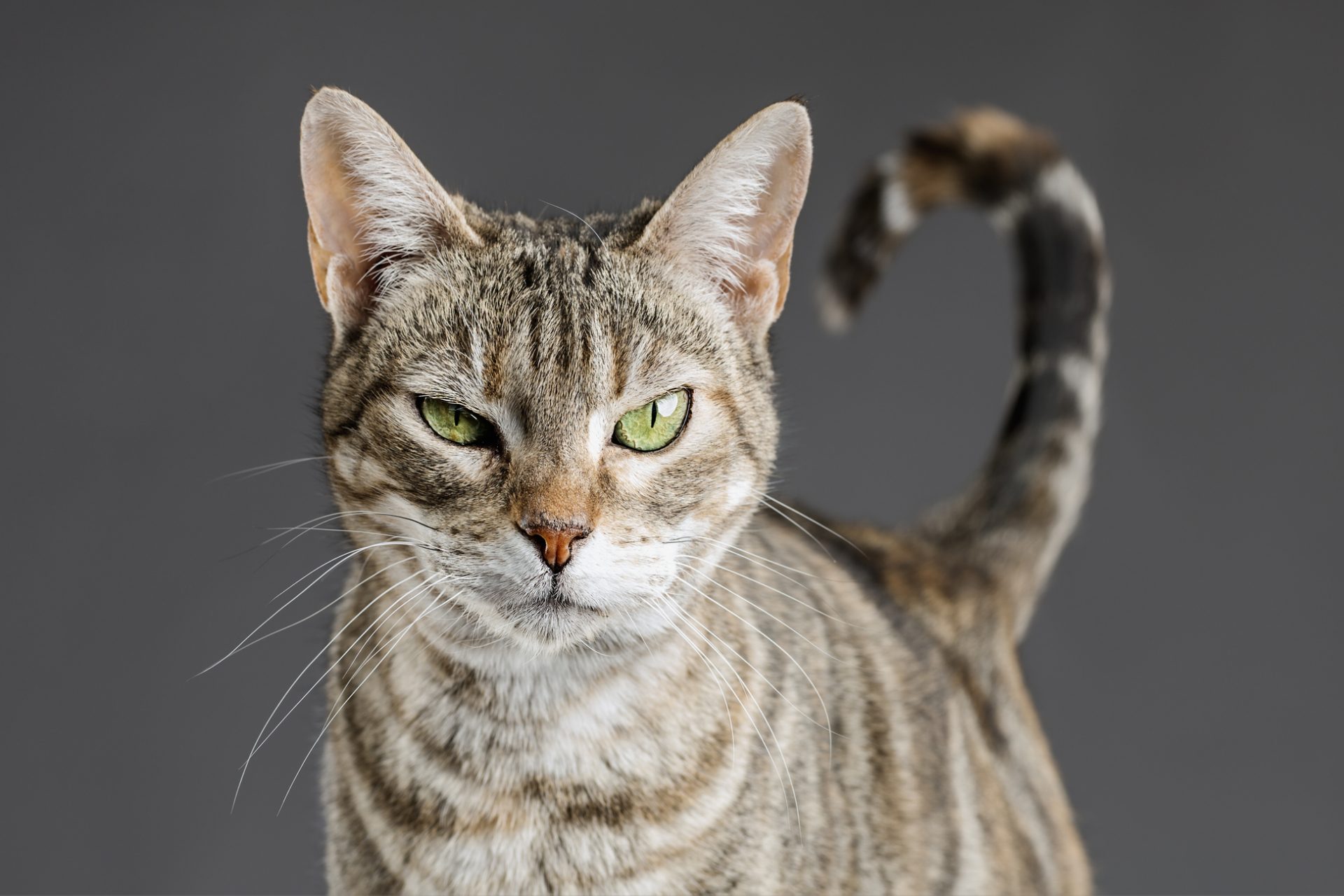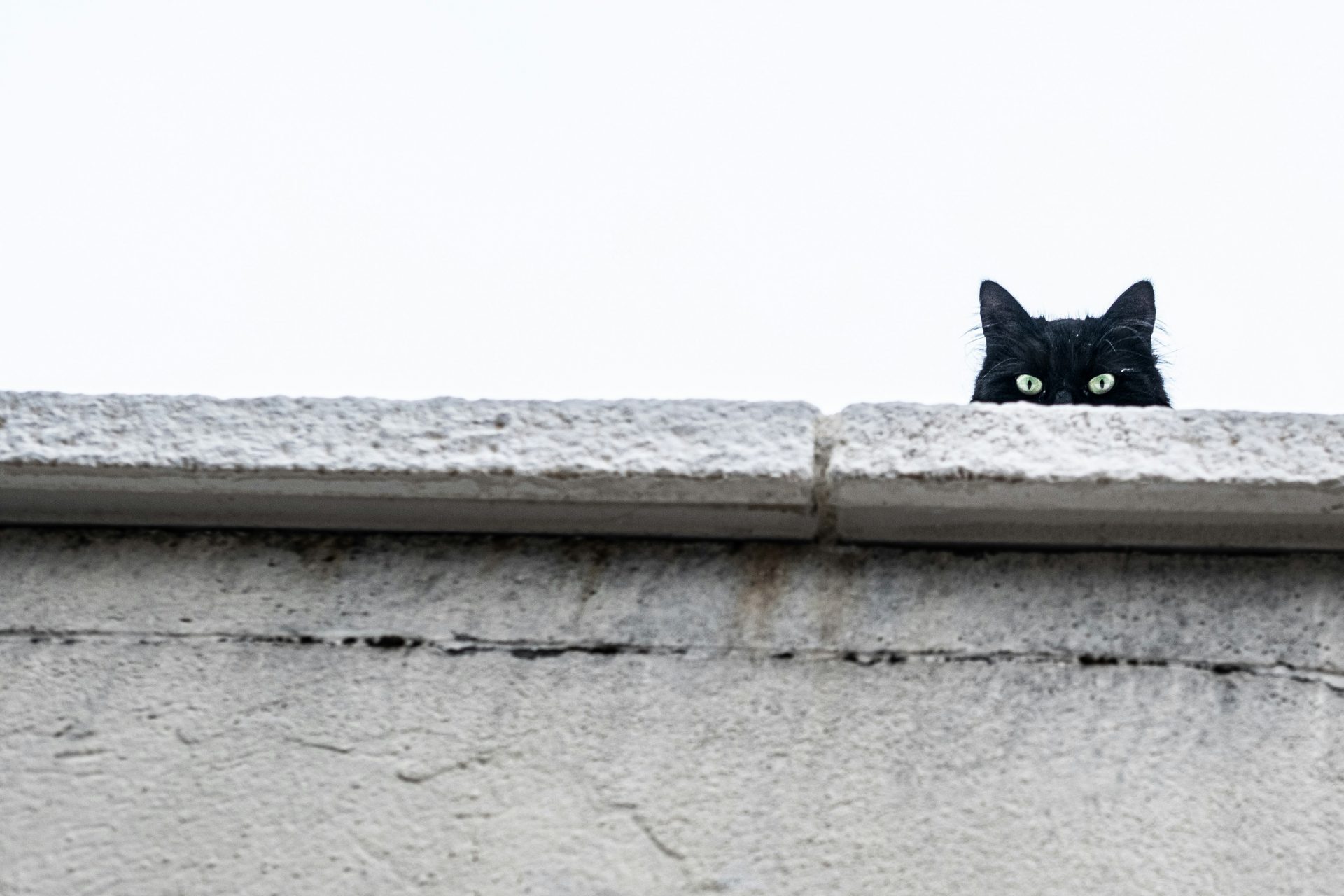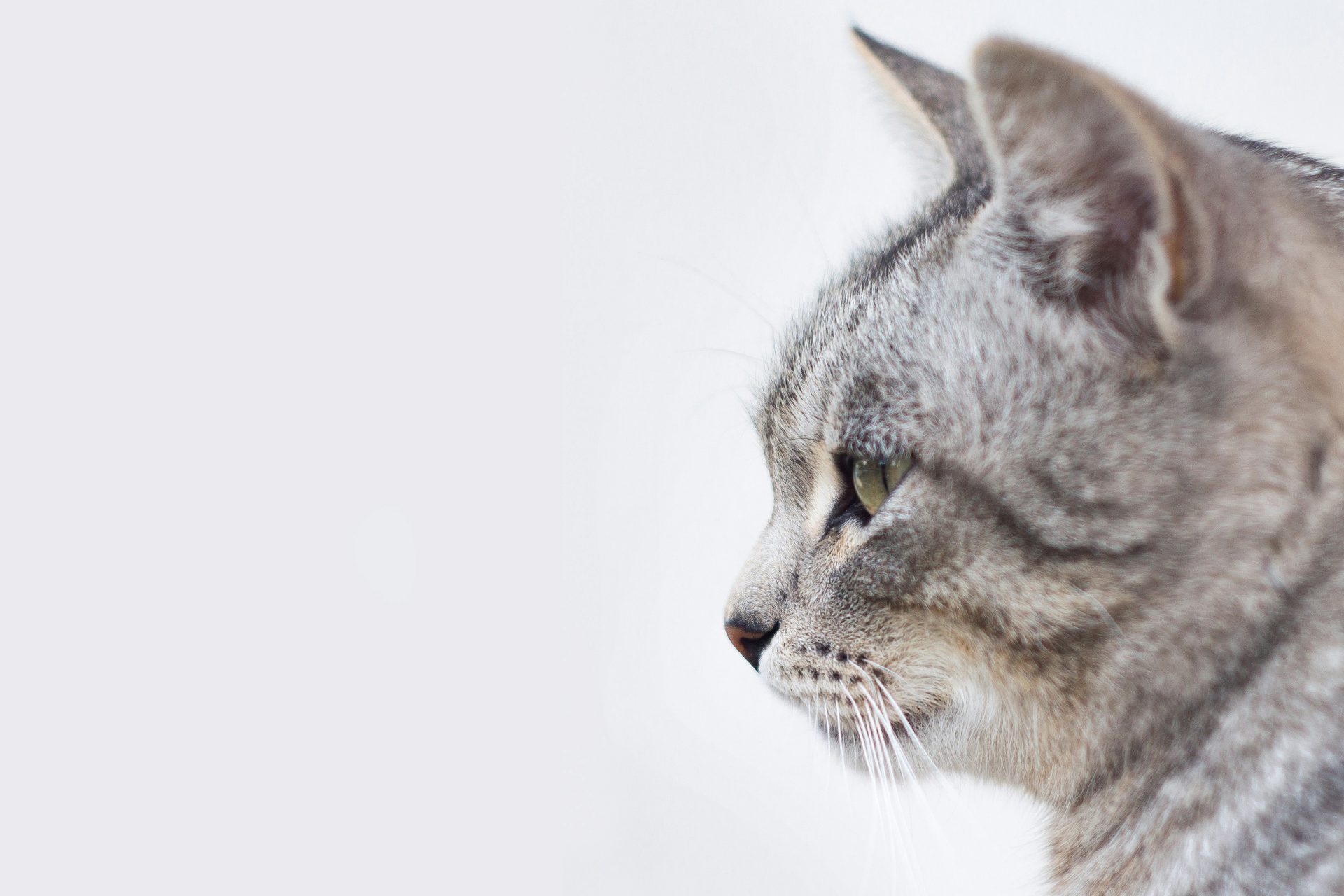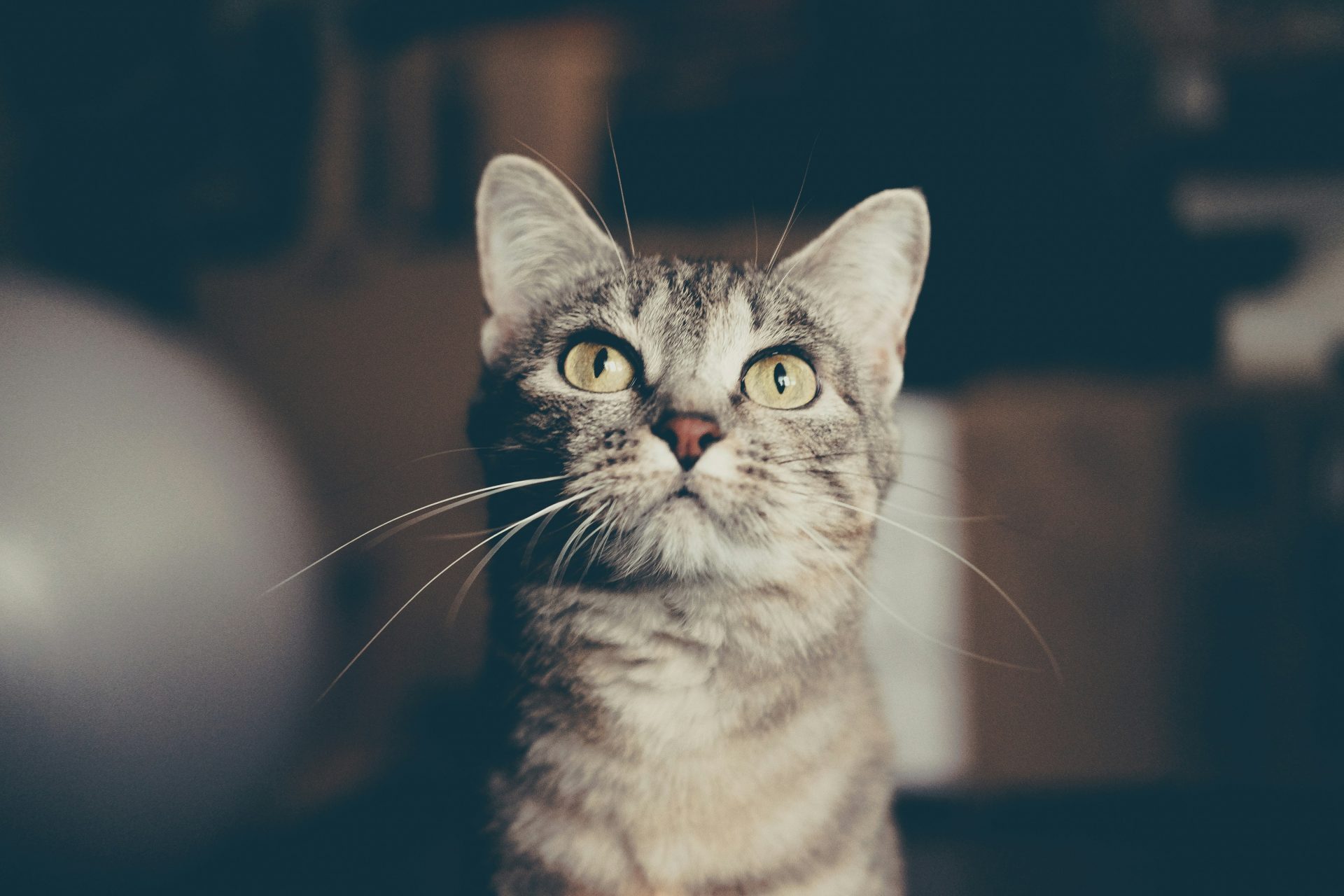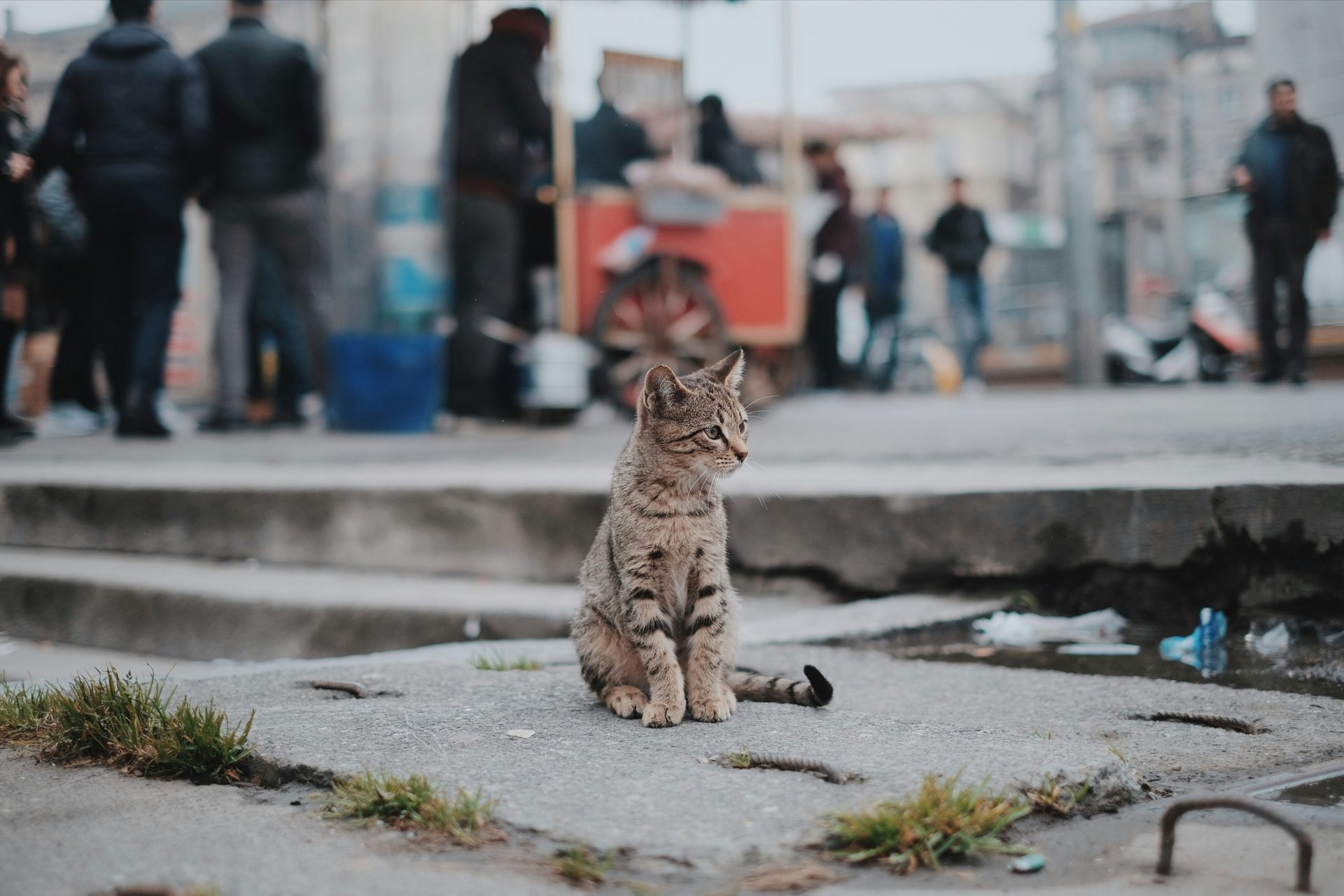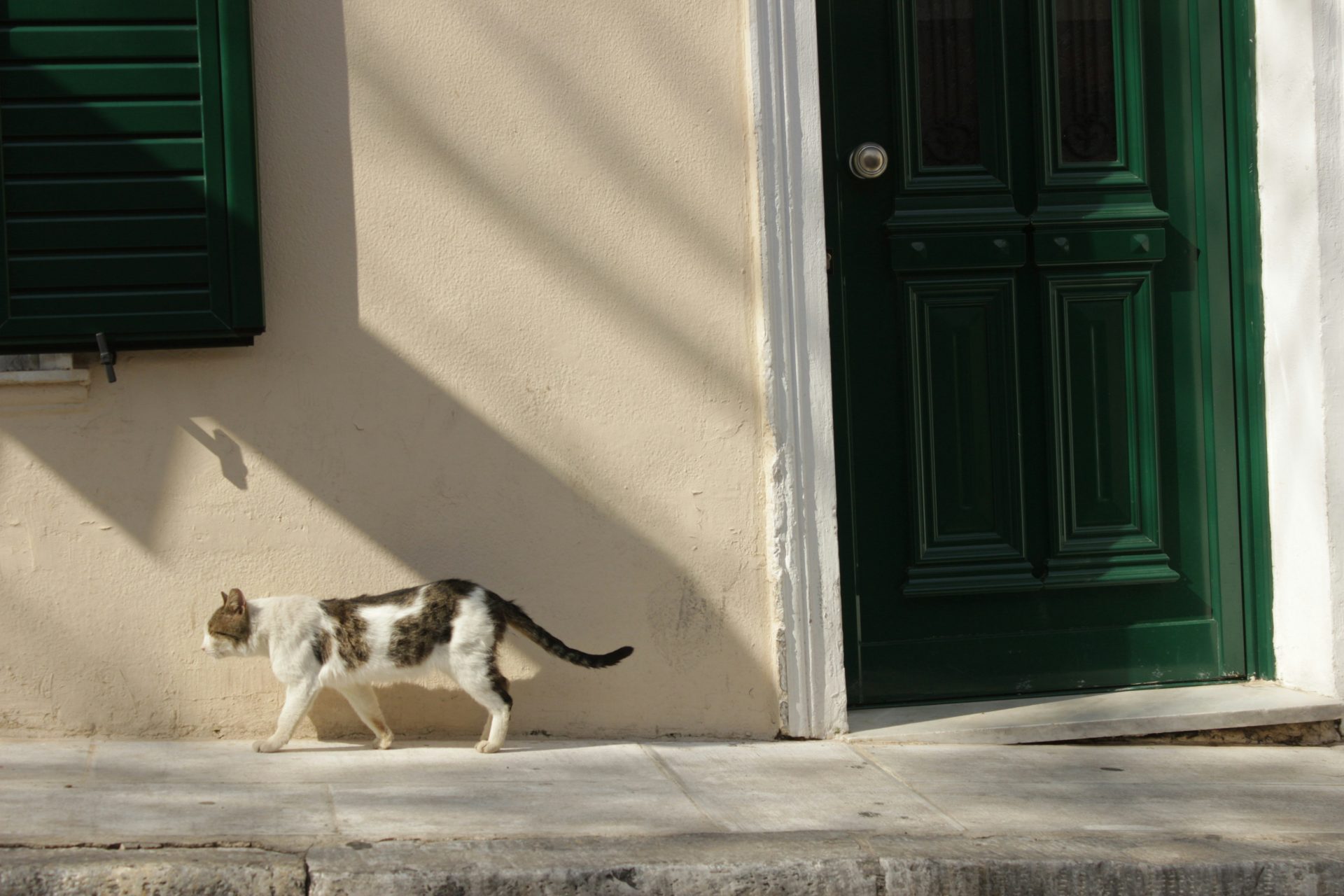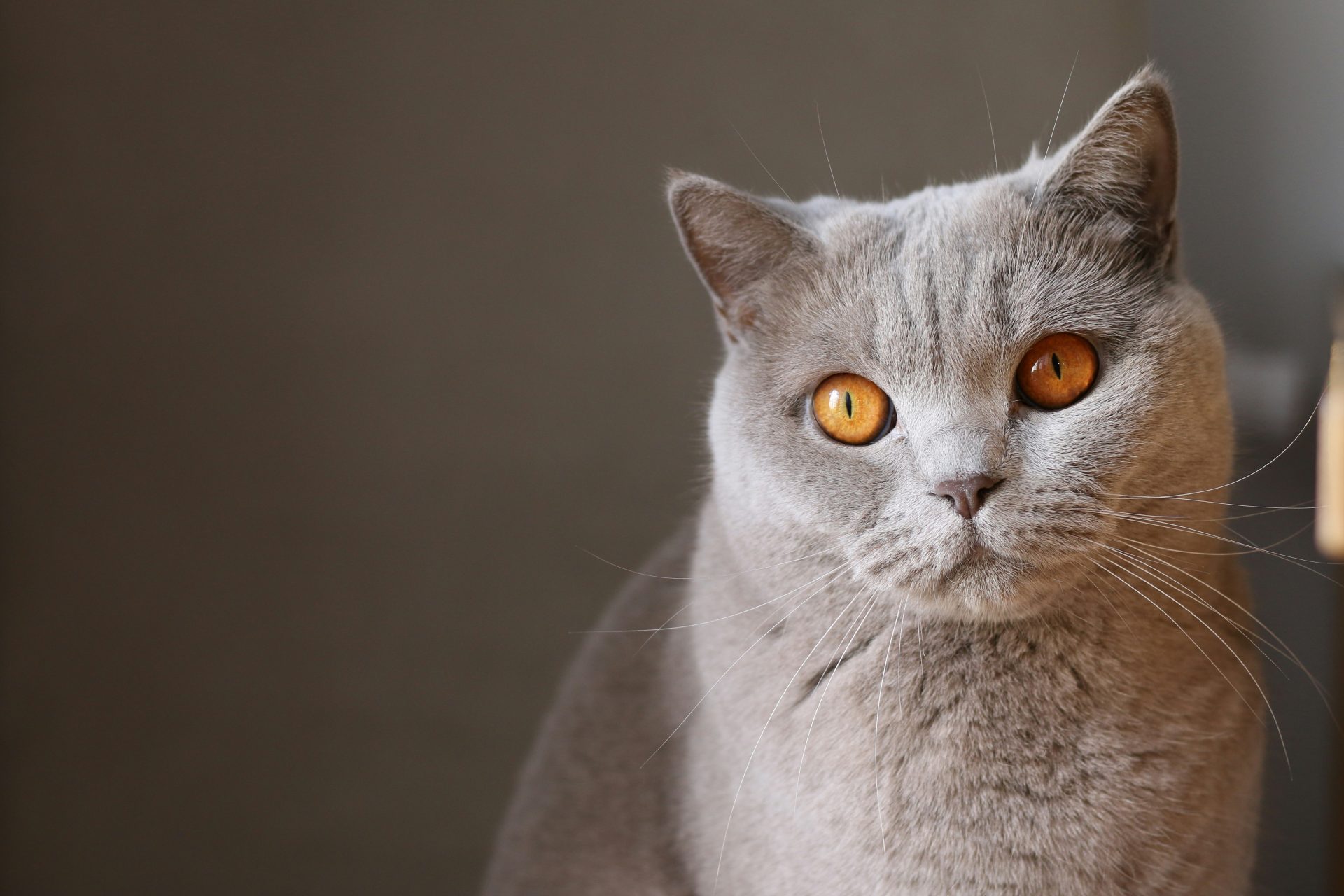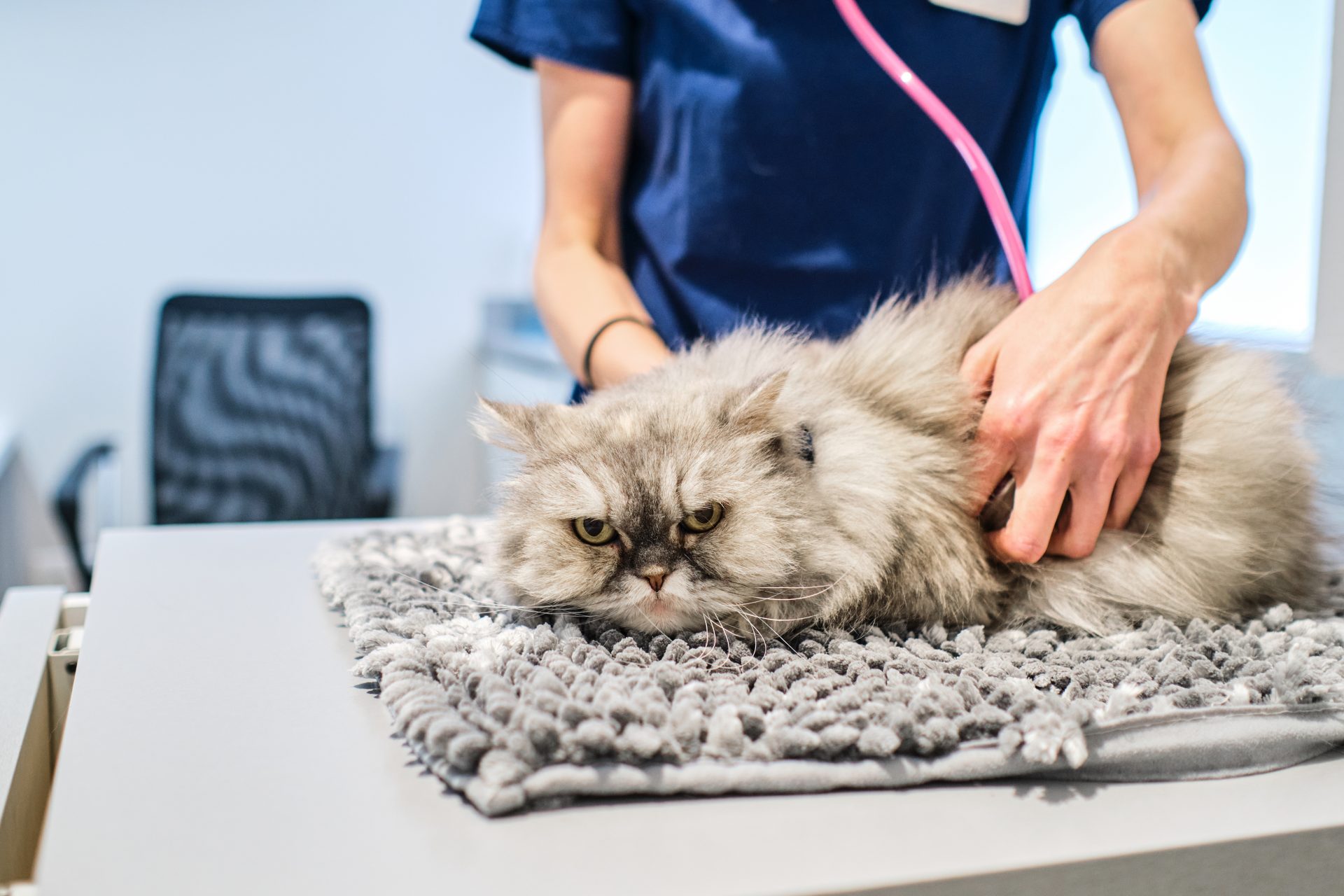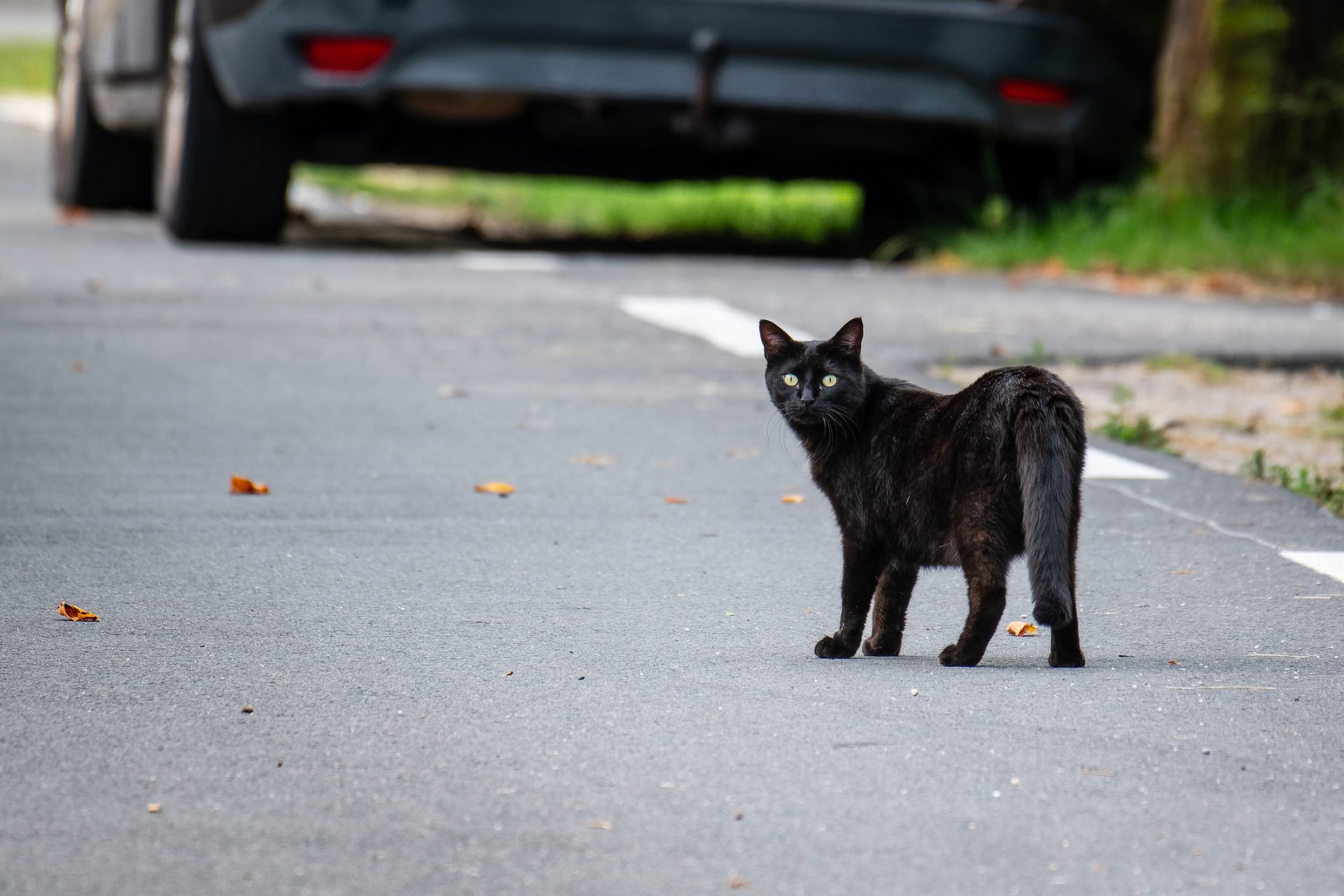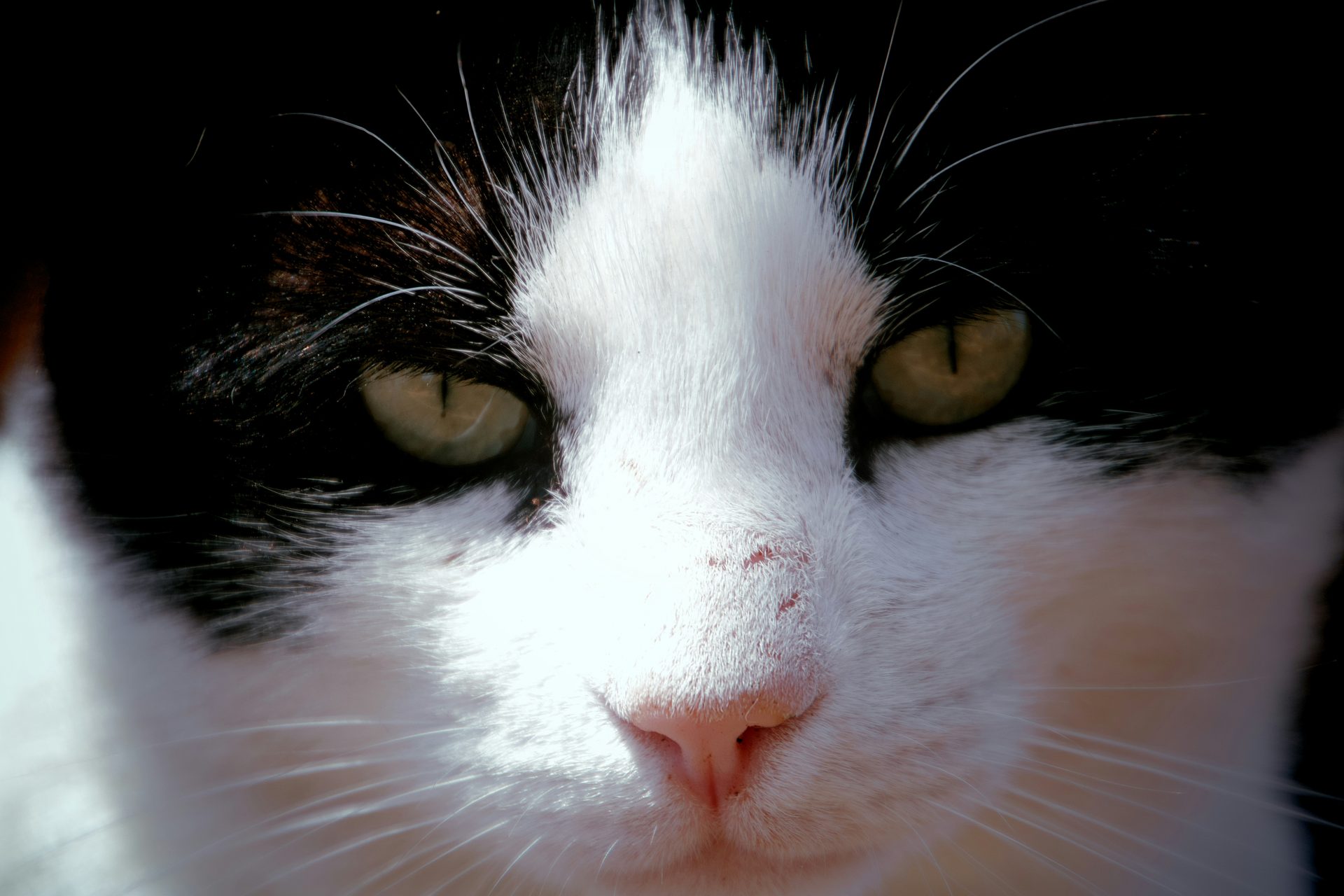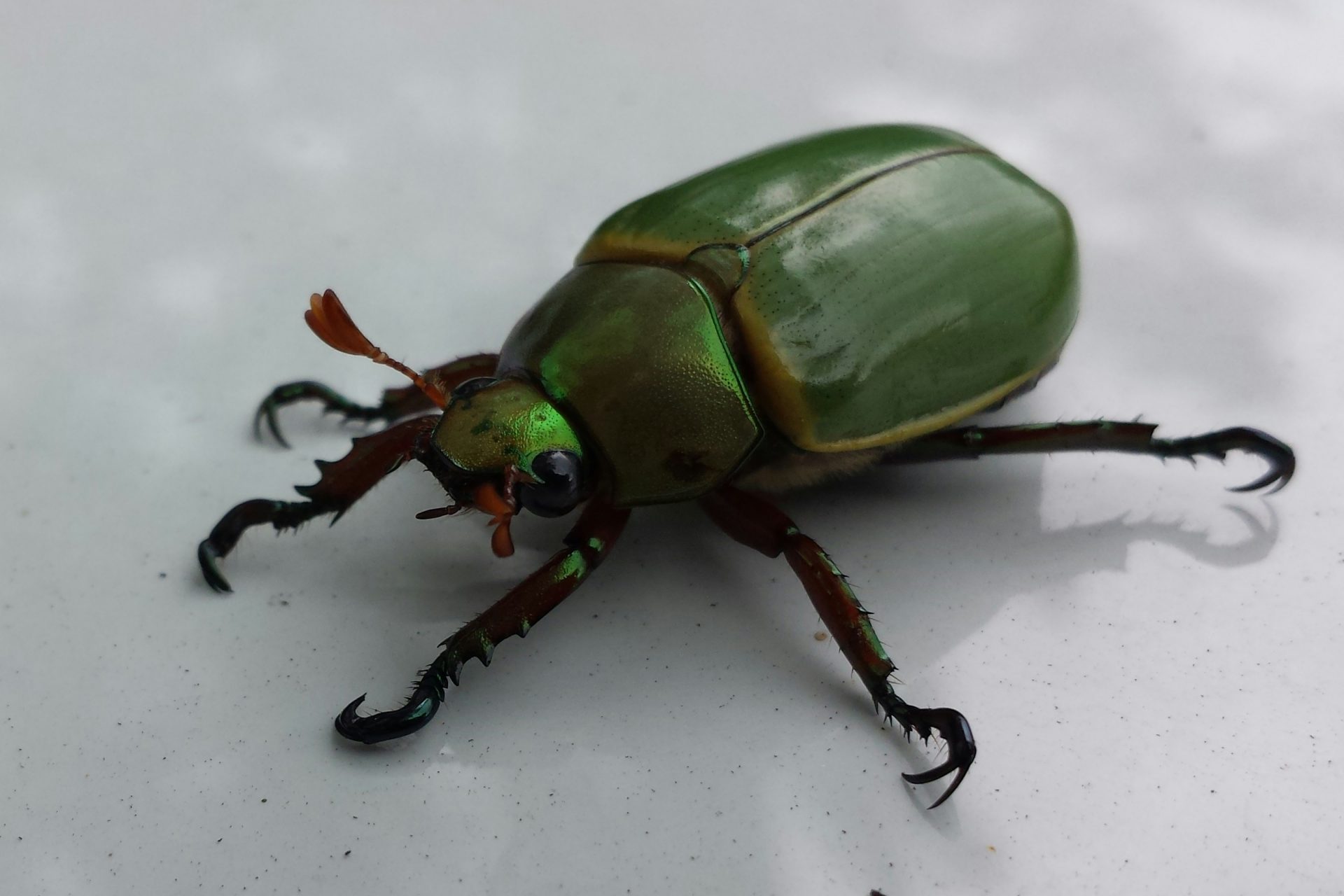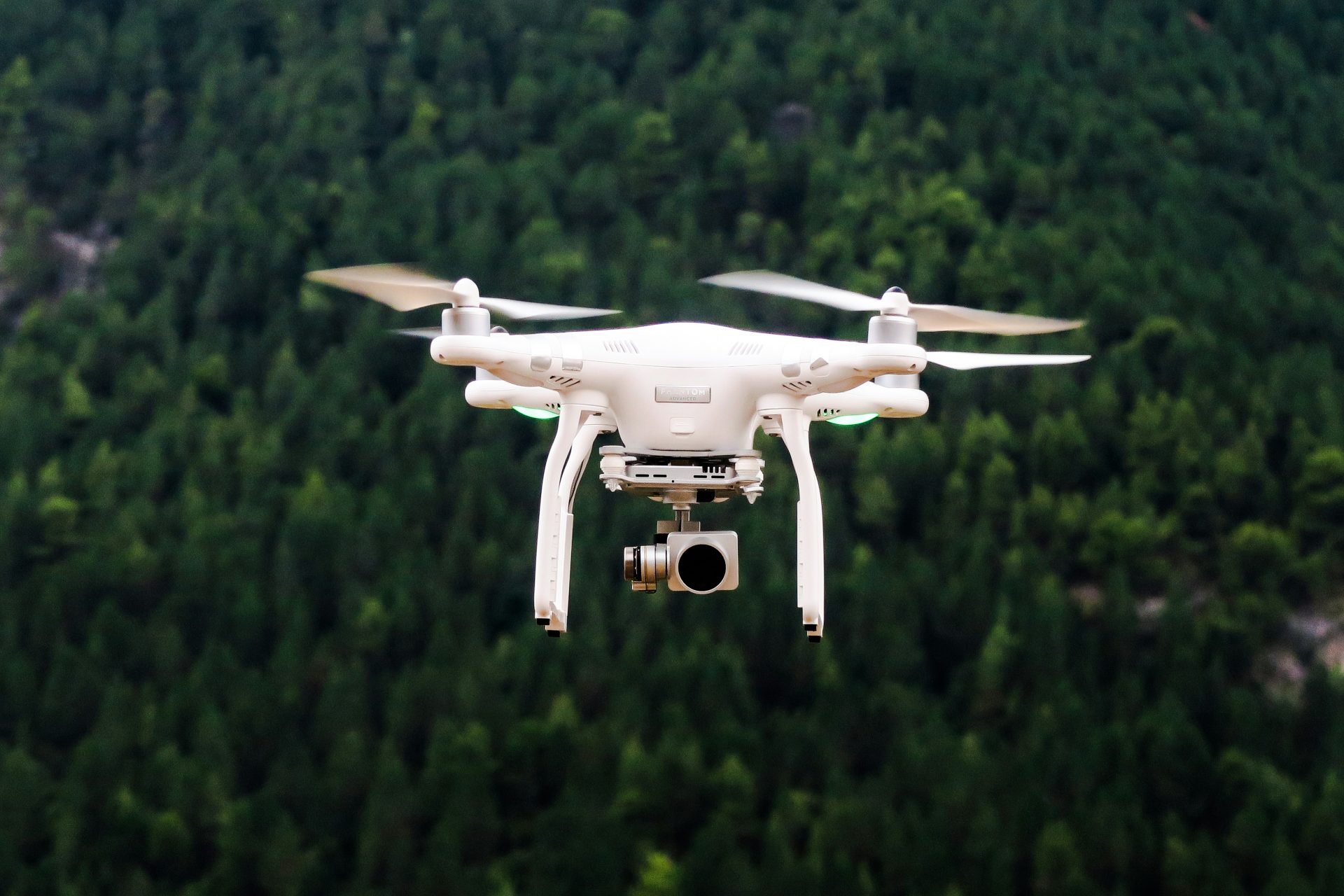The CIA spent millions trying to turn cats into spies during the Cold War
Sneaky, agile, aloof, clever… cats seem to have the characteristics of a great spy, or at least, this is what the CIA thought in the 1960s.
Amidst the Cold War, the CIA’s foremost goal was to extract valuable secret information from the Soviet Union.
So, in what sounds like a kid’s movie plot, the Central Intelligence Agency spent around 20 million dollars trying to turn a cat into a secret agent feline, according to History.com.
Photo: Clement Falize/Unsplash
The project, called “Acoustic Kitty”consisted in rigging a poor cat with a radio antenna in its tail, a microphone hidden in its ears, and a transmitter installed at the base of its skull.
Photo: Mikhail Vasilyev/Unsplash
The implantation, groundbreaking animal surgery for the time, worked. The listening device was operational and the cat was okay.
Photo: Erica Leong/Unsplash
The tricky part, however, was training the cat to go roaming around its targets, staying close to them so that the human agents could listen in on what the Russians were saying.
Photo: Emre/Unsplash
The problem? Cats cannot be trained. They do their own thing, regardless of what their “owners” might want.
Photo: Christopher Di Nozzi/Unsplash
Vince Houghton, curator of the International Spy Museum of Washington, D.C. wrote about “Project Acoustic Kitty” in a book called ‘Nuking the Moon: And other Intelligence Schemes and Military plots left on the drawing board.’
“For every plan as good as D-Day, there’s a scheme to strap bombs to bats or dig a spy tunnel underneath the Soviet embassy,” his book states, compiling tales of military and spy proposals that, for good reason, were never put into action.
“Several weeks of training proved frustrating. They just couldn’t get the cat to move consistently according to its mission,” Houghton wrote about this project.
Photo: Gor Davtyan/Unsplash
He also states that the cat did whatever it felt like doing during the mission, like go looking for food instead of spying, which led to a re-wiring of the cat’s brain.
Photo: Christian Cacciamani/Unsplash
“Obviously, the CIA couldn’t have its invention skipping away in the middle of a mission to look for some Meow Mix,” Houghton writes, “so the vets and techs went back in and rejiggered Acoustic Kitty’s wiring, turning off its natural instinct to seek sustenance.”
Photo: Krystian Tambur/Unsplash
This was rightly criticized by some agents, such as the late Victor Marchetti, a CIA officer in the 1950s and ’60s who later became a critic of the agency and who described the project as a “monstrosity.”
Although not officially reported, it’s believed that the cat was ran over by a taxi when it wandered into a busy road, and thus was the tragic end of the failed “Acoustic Kitty” mission.
It was not the last time, however, that humans have attempted to use animals as spy gadgets...
Photo: Miguel Alcantara/Unsplash
In 2006, Berkeley scientists, hired by the Pentagon’s Defense Advanced Research Projects Agency, or DARPA, modified a beetle’s brain so that it could be controlled by a remote, according to Wired magazine.
Photo: Paulo Ziemer/Unsplash
In 2019, a snowy white beluga whale, later nicknamed Hvaldimir, shot to international fame after it was spotted wearing a specially made harness with mounts for a camera, leading experts to suggest the whale may have been trained by the Russian military, CNN reported.
Photo: Mendar Bouchali/Unsplash
More recently, in the summer of 2023, India reported capturing a pigeon with Chinese writing on its wings, leading to claims that the pigeon was a spy for Beijing.
Photo: Lenstravelier/Unsplash
Pigeons were also used by the British Intelligence during the Second World War as a means of communication, since their networks were shattered by the Germans.
Although today’s technologies like drones or phones are more likely to provide intelligence information than cats or pigeons, it looks like spies around the world still look at animals for help as they go unnoticed. But, do they make good spies and is it ethical to use them as gadgets?
Photo: Jason Blackeye/Unsplash
More for you
Top Stories



